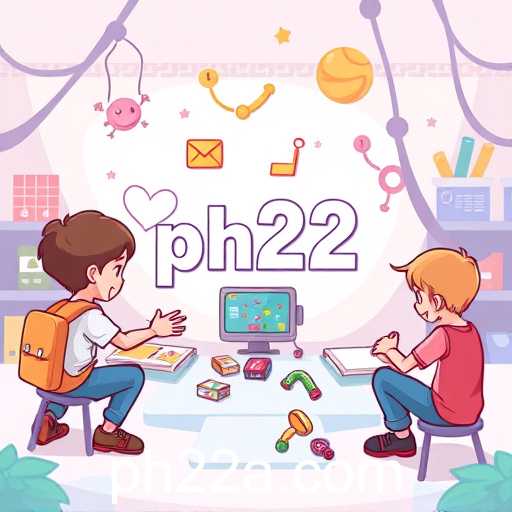Exploring how educational games are transforming the way students learn and engage with academic content.
In recent years, the education landscape has witnessed a dynamic transformation, primarily driven by the integration of technology. Among the innovative tools reshaping how students interact with academic content are educational games. This niche, characterized by games specifically designed to make learning an engaging and interactive experience, is gaining popularity among educators and learners alike. Educational games leverage the entertainment value inherent in gaming to foster a rich learning environment where students can develop skills and acquire knowledge in a more captivating way.
The keyword 'ph22,' associated with many educational game platforms, refers to a unique identifier that helps educators and learners search for relevant content quickly. It ensures that users can find specific games tailored to various educational objectives, from mathematics to language learning and beyond. The application of gaming elements such as scoring systems, competition, and immersive storylines helps maintain children's interest and encourage sustained engagement with educational materials.
One of the notable benefits of educational games is their ability to accommodate diverse learning styles. For visual learners, games often integrate vibrant graphics and animations to convey information, while auditory learners benefit from engaging soundtracks and verbal instructions. Kinesthetic learners, who thrive when physically interacting with their environment, find value in games that necessitate actions like clicking or dragging, making the learning process hands-on and tangible.
Moreover, educational games often provide immediate feedback, which is crucial for effective learning. This dynamic feedback loop allows learners to understand mistakes in real-time and correct them on the spot, thereby enhancing the learning experience. They also encourage problem-solving and critical thinking, as players must often strategize and make decisions to progress through levels or achieve specific goals within the game.
Furthermore, educational games foster collaboration and communication among peers. Many games incorporate multiplayer features, allowing students to work together to solve problems, thereby developing their teamwork skills. This cooperative aspect also reflects modern workforce demands, where collaboration is key to success.
The rise of educational games marked by identifiers like 'ph22' signifies a crucial development in educational methodologies. As more educators embrace these tools, we can expect to see a more engaged, informed, and skilled generation of learners. Overall, educational games serve as a bridge between traditional learning methods and new-age technology, preparing students for future academic and professional challenges in an increasingly digital world.




